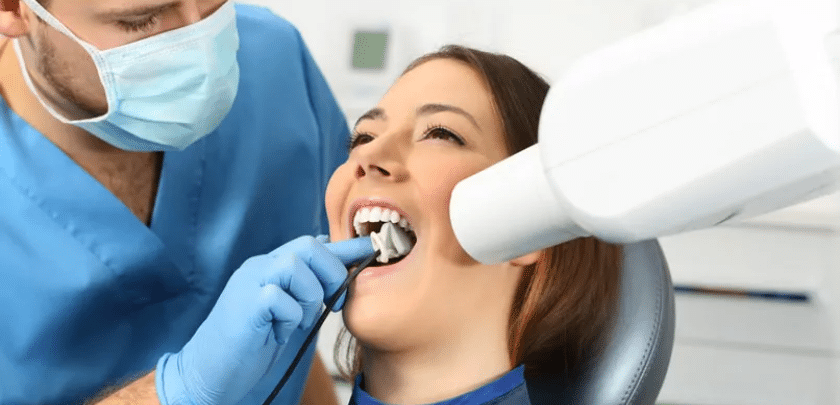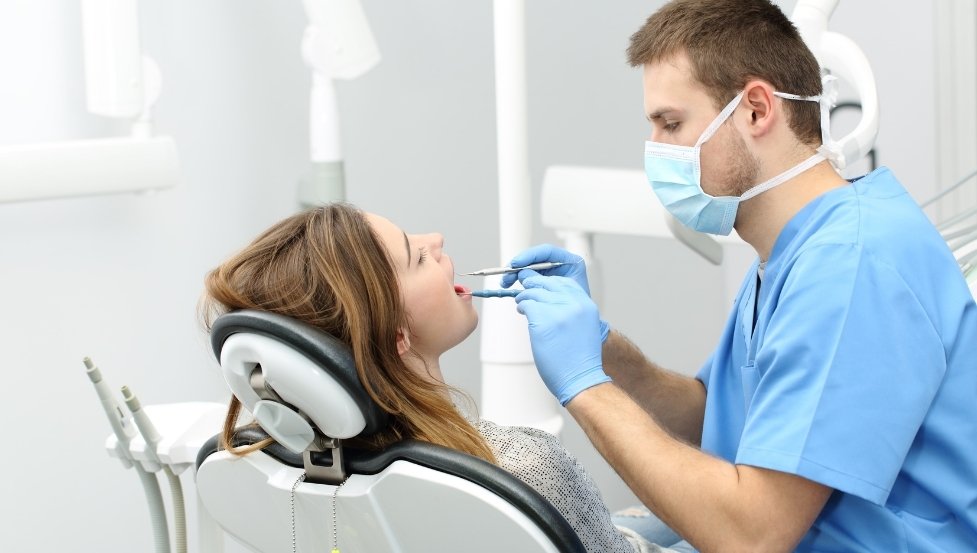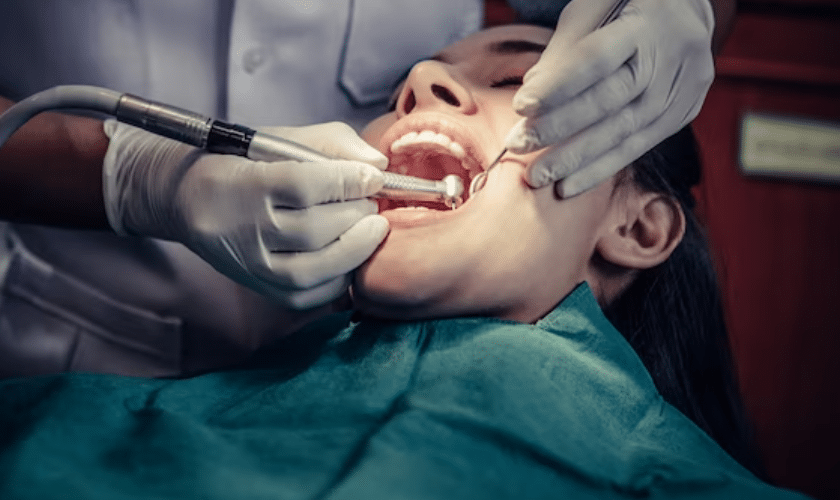
The dental industry has seen a significant transformation over the past few years, one of the most revolutionary being the adoption of 3D printing technology. This innovative technique, also known as additive manufacturing, has unlocked numerous benefits, streamlining various dental procedures. From improving the customization of dental appliances to enhancing the efficiency in workflows, 3D printing stands as a modern marvel in dentistry. Here, we explore the myriad advantages it brings to the field.
When it comes to dental emergencies, knowing what to do before seeking professional help can make a significant difference in the outcome of your treatment. Whether it’s a broken tooth, a severe toothache, or a lost filling, understanding the steps to take can help alleviate pain and prevent further damage. In this 1000-word article, we will discuss what constitutes a dental emergency, the immediate actions you can take, and when it’s critical to seek professional dental care.
Understanding Dental Emergencies
A dental emergency is any situation that involves uncontrollable bleeding, facial bone trauma, and severe pain that cannot be managed with over-the-counter painkillers. Here are some common dental emergencies:
- Knocked-Out Tooth: This can cause a great deal of pain and affect your ability to chew and speak. It’s a dental emergency that requires quick action.
- Severe Toothache: If pain is intense, persistent, and not alleviated by pain relief medicine, it can indicate an infection or abscess that needs immediate attention.
- Broken or Chipped Tooth: Depending on the severity, a broken tooth can be a dental emergency if it comes with pain or if sharp edges threaten to cut your mouth.
- Lost Filling or Crown: This may expose sensitive parts of your teeth, leading to pain and potential further damage.
- Abscessed Tooth: This infection, at the root of the tooth, can be life-threatening and requires immediate care.
- Bleeding Gums or Trauma to the Oral Cavity: Continuous bleeding after an injury or deep cuts inside your mouth need emergency care.
Immediate Actions for Dental Emergencies
While your first call should be to your emergency dentist when a dental emergency arises, here are steps you can take immediately:
For a Knocked-Out Tooth:
- Handle with care: Pick up the tooth by the crown (top), not the root, to avoid additional damage.
- Rinse: Gently rinse the tooth with water to clean it, but do not scrub.
- Preserve: If possible, place the tooth back into its socket. If not, keep it moist in a container of milk or saliva.
- See a dentist ASAP: Time is critical in saving the tooth. Aim for dental care within 30 minutes.
For Severe Toothache:
- Rinse your mouth with warm water.
- Use dental floss to remove any food lodged near the sore area.
- Apply a cold compress outside the mouth for pain relief.
- Do not place aspirin directly against the gums near the aching tooth.
For a Broken or Chipped Tooth:
- Save any pieces of the tooth.
- Rinse your mouth and the fragments with warm water.
- If bleeding, apply gauze to the area until the bleeding stops.
- Use a cold compress to relieve swelling and pain.
For Lost Fillings or Crowns:
- Keep the filling or crown if you can locate it.
- Try to place the crown back over the tooth using dental cement from a drugstore.
- If the tooth is sensitive without the crown or filling, use clove oil with a cotton swab to soothe it.
For an Abscessed Tooth:
- Rinse with a mild saltwater solution several times a day to ease pain and draw pus to the surface.
- See the dentist as soon as possible.
When to Seek Professional Help
Here’s a guideline to determine when you should seek help from a dental professional:
- Persistent Pain: If you cannot manage your pain or if it’s getting worse, seek dental help immediately.
- Visible Damage or Loss of a Tooth: Any significant change to your oral anatomy warrants a visit to the dentist.
- Swelling in the Mouth or Facial Region: This may indicate an infection that could spread if untreated.
- Signs of Infection: Fever, severe swelling, or a foul-tasting discharge all suggest you may have an infection.
- Difficulty Breathing or Swallowing: This is a sign of a serious condition and requires immediate medical attention.
Preparing for a Dental Emergency
Preventive measures can reduce the likelihood of experiencing a dental emergency:
- Regular Checkups: Schedule an appointment with your dentist periodically can help catch potential problems before they escalate.
- Protective Gear: Wearing a mouthguard during sports can prevent tooth loss and other dental injuries.
- Avoid Hard Foods: To prevent chipping or breaking your teeth, avoid chewing on ice, popcorn kernels, and hard candy.
- Use Tools, Not Teeth: Never use your teeth to cut things open or to hold objects.
Final Thoughts
Dental emergencies can happen to anyone at any time. Understanding what they are, what immediate actions to take, and when to seek professional help is crucial. Maintain your oral health with regular dentist visits, use preventive measures like mouthguards, and have a plan in place for emergencies. If you think you’re experiencing a dental emergency, don’t hesitate – seek medical attention immediately to ensure the best possible outcome for your dental health.


